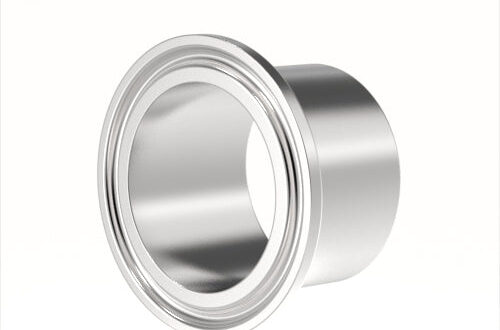The Ultimate Guide to Baby Diaper Machine: Efficiency, Types, and Manufacturing Process
The Ultimate Guide to Baby Diaper Machine
In the fast-evolving world of baby care products, the demand for high-quality diapers is skyrocketing. Central to meeting this demand is the Baby Diaper Machine, a cornerstone of modern manufacturing that ensures efficiency, hygiene, and affordability. This guide dives deep into the workings of these machines, exploring their types, efficiency, and the step-by-step manufacturing process. Whether you’re a business owner or a curious enthusiast, you’ll gain valuable insights into how these innovative systems operate.
Types of Baby Diaper Machines
Baby diaper machines come in various configurations to suit different production scales and diaper types. The most common types include fully automatic, semi-automatic, and modular machines. Fully automatic models, like the Baby Diaper Machine, are designed for large-scale production, offering high-speed operation with minimal manual intervention. Semi-automatic machines are ideal for small to medium businesses, balancing cost and output. Modular systems allow customization for specific diaper features, such as ultra-absorbent cores or eco-friendly materials. Each type caters to distinct market needs, ensuring flexibility in diaper manufacturing.
Efficiency and Key Features
Efficiency is a hallmark of modern baby diaper machines, driven by advanced technologies like PLC controls and servo motors. These features enable precise material handling, reducing waste and optimizing production rates. Key functionalities include automatic core forming, elastic application, and cutting mechanisms that ensure consistent diaper quality. High-efficiency models can produce thousands of diapers per hour, significantly lowering per-unit costs. Additionally, energy-saving designs and easy maintenance protocols contribute to long-term operational savings, making these machines a smart investment for diaper manufacturers aiming to scale their operations sustainably.
Manufacturing Process Explained
The manufacturing process for baby diapers involves several streamlined stages, starting with raw material preparation, such as non-woven fabric and super-absorbent polymer. Next, the machine forms the diaper core, attaches elastics for fit, and seals the layers through ultrasonic or heat welding. Finally, cutting and packaging units complete the process, ensuring each diaper is ready for distribution. This automated workflow minimizes human error and enhances product consistency, which is crucial for meeting safety standards and consumer expectations. By understanding this process, businesses can identify areas for improvement and innovation.
Frequently Asked Questions
What is the average production capacity of a baby diaper machine?
Depending on the model, fully automatic machines can produce 400 to 800 diapers per minute, making them suitable for high-volume markets.
How do I maintain a baby diaper machine for optimal performance?
Regular cleaning, lubrication, and software updates are essential. Follow the manufacturer’s guidelines to prevent downtime and extend machine lifespan.
Can these machines produce different diaper sizes?
Yes, most modern machines are adjustable and can be configured to manufacture various sizes, from newborn to toddler diapers.
Take the Next Step in Diaper Production
Ready to boost your manufacturing capabilities? Explore our range of advanced baby diaper machines designed for reliability and high output. Click here to discover the perfect Baby Diaper Machine for your business and request a personalized quote today! With the right equipment, you can meet growing demand and deliver top-notch products to families


